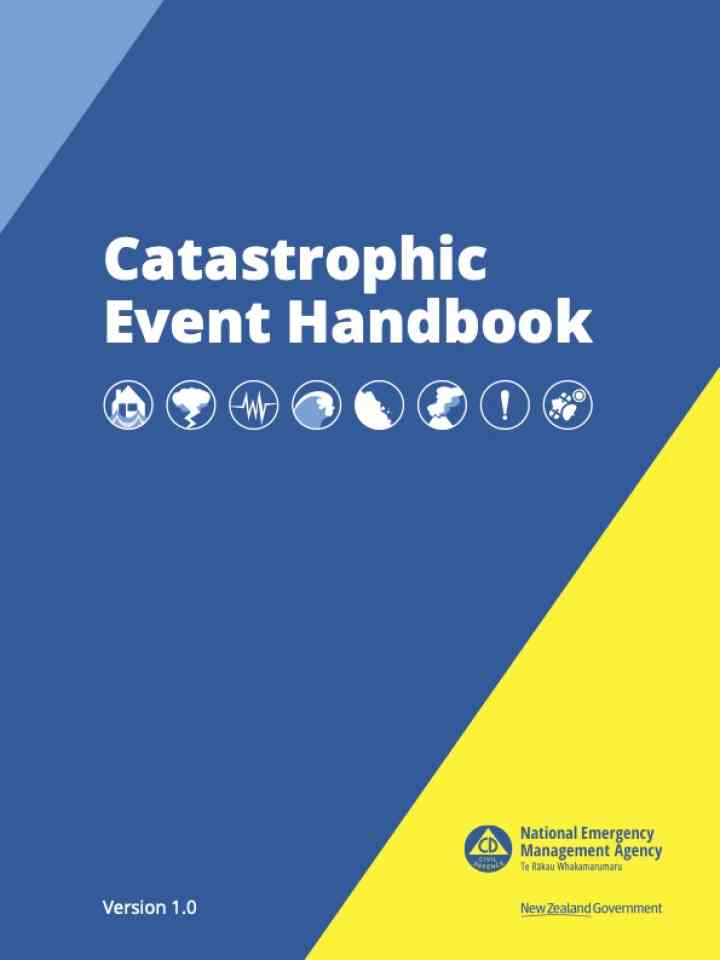New Zealand has taken a major step toward preparing for the worst.
The National Emergency Management Agency (NEMA) has officially released the Catastrophic Event Handbook (Version 1.0)—a landmark document that acknowledges the reality of large-scale disasters in Aotearoa and maps out how we must respond as a country.
This is the first time NEMA has provided national-level guidance specifically for catastrophic emergencies—events that could overwhelm existing systems and require a coordinated, all-of-government and whole-of-society response.
According to the Handbook, a catastrophic event is defined as:
An emergency (or series of emergencies) that causes significant loss of life, serious and prolonged disruption to society, and widespread destruction across the built and natural environment.
These events are distinguished by:
National-level impacts that exceed normal emergency systems.
Cascading failures across power, water, food, fuel, health, transport, and communication.
Necessity for international support to fill capacity gaps.
The need for rapid decision-making and novel solutions.
Examples include Alpine Fault earthquakes, tsunamis, volcanic eruptions, or extreme weather disasters like Cyclone Gabrielle—but at an even larger scale.
The Catastrophic Event Handbook is not a response to a specific hazard. Instead, it’s a hazard-agnostic national framework to guide response and recovery to any catastrophic event.
The Handbook provides guidance for national agencies, local CDEM Groups, iwi, NGOs, and private partners—acknowledging that response must be collaborative, not siloed.
It acknowledges realistic challenges, such as:
All lifeline utilities being down.
Regions being cut off for extended periods.
Not enough resources for everyone.
Spontaneous community-led response kicking in first.
The Handbook strongly recognises that communities will be the first responders, especially in the days immediately following a catastrophe. It places major emphasis on:
Community resilience and local readiness
The essential role of iwi and Māori leadership
Public education to help people prepare for prolonged isolation and service outages
Ensuring consistency of messaging and coordinated planning between agencies
This aligns directly with our mission at FIRST72: empowering communities with the tools, training, and support they need to respond quickly and effectively when it matters most.
The release of this Handbook is a necessary shift in mindset. It signals a new era in emergency management—one that recognises the scale of the threats we face and the need for decentralised, empowered, and ready communities.
At FIRST72, we’ve already been working with marae, rural communities, local councils, and iwi to develop preparedness plans, deliver training, and deploy our emergency EPODs. The Handbook validates this work and creates opportunities for more joined-up collaboration moving forward.
We encourage:
Local authorities to start aligning their planning with the Handbook.
Marae and community groups to reach out for guidance and support.
Businesses and funders to get involved in building the backbone of resilience before disaster strikes.
📘 Read the full report here: Catastrophic Event Handbook – NEMA
📞 Want help assessing your community’s readiness? Contact FIRST72 today.


Find out how our EPOD Emergency & Disaster Pods can build resilience and self-sufficiency in your community. Download our helpful guide.